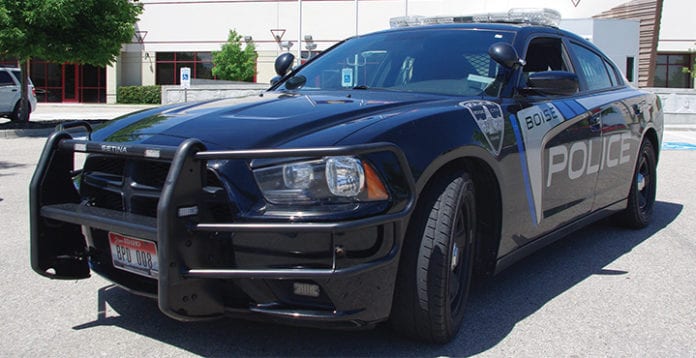How First Responders & Communities are Depending on Wireless Networks
First responders are a vital component of communities, working to identify threats and treat the injured. According to the Bureau of Labor Statistics, emergency medical services (EMS) treat 25 to 30 million patients per year. One paramount factor in helping first responders take on extreme situations is access to mobile wireless connectivity. A quick, reliable connection allows first responders to act faster, be more efficient, and have access to mission-critical applications from anywhere.
Mobile connectivity in first responders’ vehicles allows them to do a variety of tasks, for example, paramedics can monitor, analyze, and diagnose patients while on the road and police officers can check drivers’ licenses and registrations and file digital reports from their vehicles without having to leave their stations in the field. Additional functions can be carried out as well, such as surveillance through video-streaming capabilities for real-time viewing, helping to monitor areas remotely and act immediately if necessary.
Geofencing and GPS
With integrated geofencing technology to track vehicle routes, fleet managers can monitor route efficiency. Also, precision GPS and telematics integration enable Automatic Vehicle Location (AVL) and vehicle performance data.
Hot Spot Connectivity
Network connectivity can extend far beyond the vehicle. With secure WiFi, and an external antenna to extend the WiFi range, vehicles can share connectivity.
Security
Through Cradlepoint’s NetCloud Perimeter (NCP), a perimeter-secured virtual overlay network can be deployed, leveraging Software-Defined Perimeter (SD-Perimeter) technology, for a secure and encrypted cloud network.
Boise Police Department
The Boise Police Department (BPD) decided to install Cradlepoint’s COR series routers in their 150-vehicle fleet as well as NetCloud Manager, Cradlepoint’s cloud network management platform.
With the Cradlepoint solution, the BPD improved productivity and cut costs. The dependable network connection means they no longer need to drive back to headquarters to file reports, making emergency response times faster and increasing their patrol hours. IT also could afford to replace all their computers at once and upgrade to one wireless router solution.
NetCloud Manager saved BPD time and resources with fleet-wide software upgrades and remote management. Previously, BPD would need to touch each of the police department’s 150+ cruisers, taking as many as 160 man-hours for very update.
Additionally, with the always-on connection, cruisers can provide WiFi for non-equipped cruisers, as well as other first responders.
“We want our police officers, firefighters, paramedics, code enforcement officers, inspectors — anyone working in the field — to have all the information technology they need to work together to get the most out of our tax dollars. Cradlepoint’s wireless technology is helping us get there,” said Garry Beaty, Chief Information Officer for the City of Boise.
Best Practices
The following best practices will help decision-makers plan for a seamless mobile network integration.
- Use a software-defined, cloud-based remote network management platform.
- Utilize mobile routing solutions that can be engineered with spike protection and ignition sensing, so the router does not drain battery voltage.
- Correctly place in-vehicle routers for optimal connectivity and safety of the router.
- Ensure the routers can withstand extreme hot and cold temperatures and install them to handle rough terrain.
- Consider dual carriers and a dual-modem solution for automatic, seamless failover from one carrier to another.
To learn more about mobile networks, read the white paper Networks on the Move.

